Everything which we see and perceive around us is due to the human eye. The human eye is a sense organ which helps us in seeing things around us by absorbing light. The eye is responsible for all the vision we can experience in our daily lives.
HUMAN EYE
The human eye is one of the most valuable and sensitive sense organs. It enables us to see the wonderful world and the colours around us. On closing the eyes, we can identify objects to some extent by their smell taste, sound they make or by touch. It is, however, impossible to identify colours while closing the eyes. Thus, of all the sense organs, the human eye is the most significant one as it enables us to see the beautiful, colourful world around us.
The human eye is like a camera. Its lens system forms an image on a light-sensitive screen called the retina. Light enters the eye through a thin membrane called the cornea. It forms the transparent bulge on the front surface of the eyeball. The eyeball is approximately spherical in shape with a diameter of about 2.3 cm. Most of the refraction for the light rays entering the eye occurs at the outer surface of the cornea. The crystalline lens merely provides the finer adjustment of the focal length required to focus objects at different distances on the retina. We find a structure called iris behind the cornea. Iris is a dark muscular diaphragm that controls the size of the pupil. The pupil regulates and controls the amount of light entering the eye. The eye lens forms an inverted real image of the object on the retina. The retina is a delicate membrane having an enormous number of light-sensitive cells. The light-sensitive cells get activated upon illumination and generate electrical signals. These signals are sent to the brain via the optic nerves. The brain interprets these signals, and finally, processes the information so that we perceive objects as they are.
POWER OF ACCOMMODATION
The eye lens is composed of a fibrous, jelly-like material. Its curvature can be modified to some extent by the ciliary muscles. The change in the curvature of the eye lens can thus change its focal length. When the muscles are relaxed, the lens becomes thin. Thus, it's focal length increases. This enables us to see distant objects clearly. When you are looking at objects closer to the eye, the ciliary muscles contract. This increases the curvature of the eye lens. The eye lens then becomes thicker. Consequently, the focal length of the eye lens decreases. This enables us to see nearby objects clearly.
DEFECTS OF VISION
MYOPIA
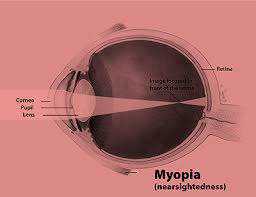
HYPERMETROPIA
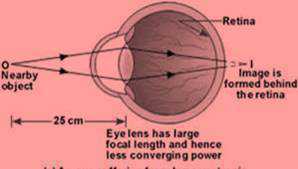
PRESBYOPIA
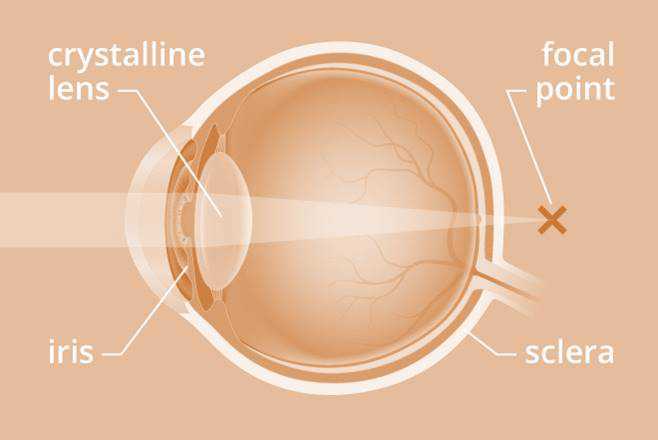
RECAP
- The ability of the eye to focus both near and distant objects, by adjusting its focal length, is called the accommodation of the eye.
- The smallest distance, at which the eye can see objects clearly without strain, is called the near point of the eye or the least distance of distinct vision. For a young adult with normal vision, it is about 25 cm.
- The common refractive defects of vision include myopia, hypermetropia and presbyopia. Myopia (short-sightedness – the image of distant objects is focussed before the retina) is corrected by using a concave lens of suitable power. Hypermetropia (far-sightedness – the image of nearby objects is focussed beyond the retina) is corrected by using a convex lens of suitable power. The eye loses its power of accommodation at old age.
- The splitting of white light into its component colours is called dispersion.
- Scattering of light causes the blue colour of the sky and the reddening of the Sun at sunrise and sunset.

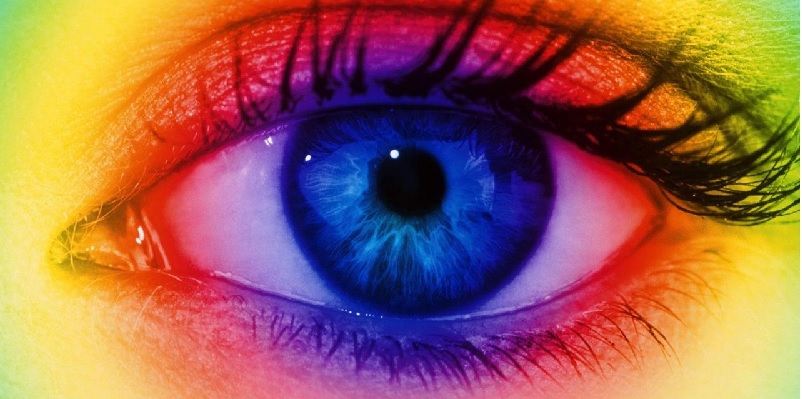



















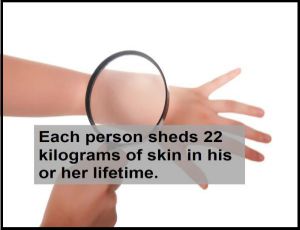
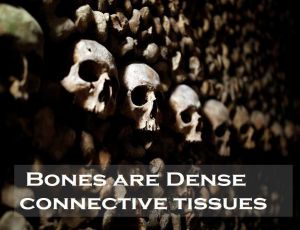








Comments